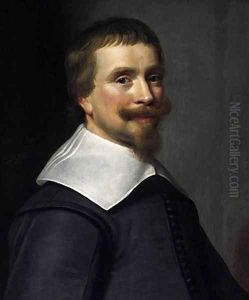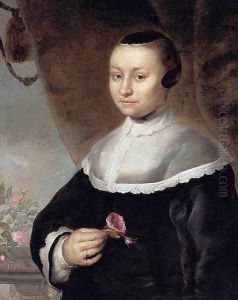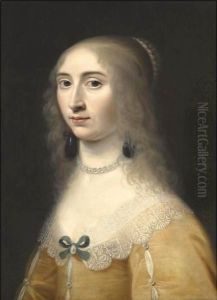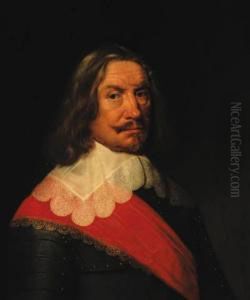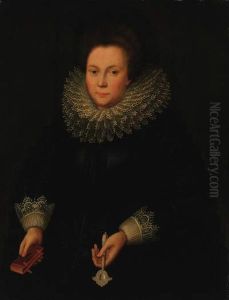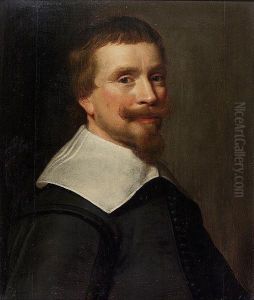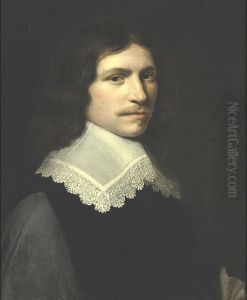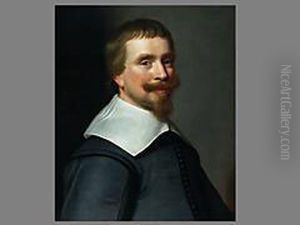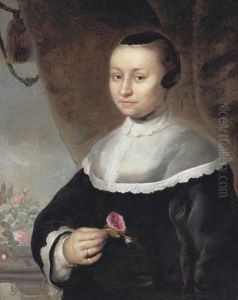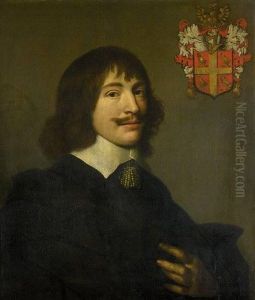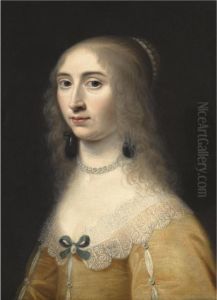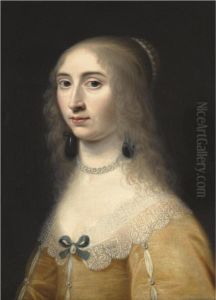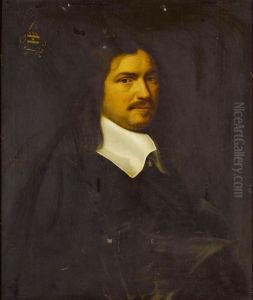Jacob Willemsz II Delff Paintings
Jacob Willemsz II Delff was a Dutch Golden Age painter, known primarily for his portraits and historical scenes. Born in 1619 in Delft, Netherlands, into a family deeply embedded in the art world, Jacob was the son of Jacob Willemsz Delff the Elder, a respected portraitist, and the brother of Willem Jacobsz Delff, an engraver. This artistic environment profoundly influenced his career path and style.
Jacob Willemsz II received his early training from his father, which was common in the period, allowing him to develop a strong foundation in the techniques of portrait painting. His work is characterized by its meticulous attention to detail, vibrant use of colors, and the ability to capture the emotional depth and personality of his subjects. He often depicted his figures against intricately designed backgrounds, adding a sense of depth and context to his portraits.
Throughout his career, Delff became well-regarded for his portraits, which were sought after by the Dutch elite. His ability to depict the intricate details of clothing and jewelry, along with the nuanced expressions of his sitters, made his works highly prized. In addition to portraits, he occasionally painted historical and mythological scenes, demonstrating his versatility and knowledge of classical subjects.
Despite his talent and the quality of his work, Jacob Willemsz II Delff did not achieve the same level of fame as some of his contemporaries in the Dutch Golden Age of painting. However, his contributions to the genre of portraiture and his role in the Delff family's artistic legacy have garnered him recognition among art historians and collectors.
Jacob Willemsz II Delff's life was relatively short, as he died in 1661. His works remain in several prominent collections and museums, serving as a testament to his skill and the artistic environment of 17th century Netherlands. His legacy continues to be appreciated for its contribution to the Dutch Golden Age of painting, particularly in the realm of portraiture.
